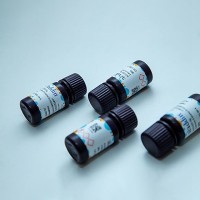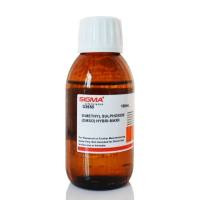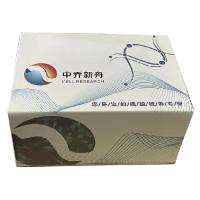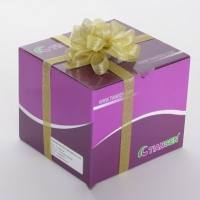Real-Time PCR Unit
互联网
Real-time reverse transcription (RT) polymerase chain reaction (PCR) is the most sensitive and reliable method for the detection and quantitation of nucleic acids levels.
The RealTime PCR Instruments allow real time detection of PCR products as they accumulate during PCR cycles.
The figure below shows a representative amplification plot and defines the terms used in the quantitation analysis. An amplification plot is the plot of fluorescence signal versus cycle number. In the initial cycles of PCR, there is little change in fluorescence signal. This defines the baseline for the amplification plot. An increase in fluorescence above the baseline indicates the detection of accumulated PCR product. A fixed fluorescence threshold can be set above the baseline. The parameter Ct (threshold cycle) is defined as the fractional cycle number at which the fluorescence passes the fixed threshold.
So the higher the initial amount of the sample, the sooner accumulated product is detected in the PCR process as a significant increase in fluorescence, and the lower the Ct value. Ct values are very reproducible in replicates because the threshold is picked to be in the exponential phase of the PCR, where there is a linear relation between log of the change in fluorescence and cycle number and the reaction components are not limiting.

2. Chemistry
a. 5’ nuclease assay (TaqMan ) :
It involves the 5´ -> 3´ nuclease activity of Taq DNA polymerase. A probe carrying two dyes (one of them is a fluorescent reporter dye and the other is a quencher dye) hybridizes to the amplicon during the PCR reaction. The two fluorescent dyes interact whenever the probe is intact, causing the quencher dye to quench the reporter dye. During the amplification, the Taq DNA polymerase cleaves the 5´ end of the probe, releasing the quencher dye and results in an increase in fluorescence.
The change in reporter dye fluorescence is quantitative for the amount of PCR product produced
The Service uses a nonfluorescent quencher dye (NFQ), which raises the signal –to –noise ratio, linked to the minor groove binder (MGB), which allows to make shorter and more specific probes with the same Tm. The reporter dyes are usually 6-FAM for the target gene probe and VIC for the housekeeping probe.










